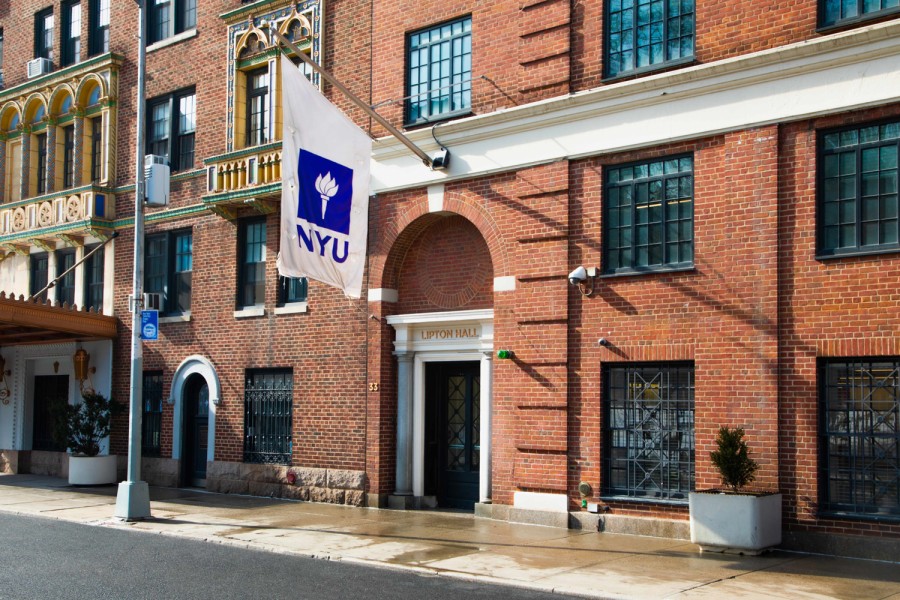Opinion: Why does NYU make it so hard to apply for housing?
NYU’s housing application process forces students to commit to dorms without giving them the information they need to be able to make an informed decision about where they want to live.
(Joshua Plutchik for WSN)
February 9, 2023
One of the biggest stressors about going to college in a big city — or anywhere, really — is finding housing. When I first completed the housing application, during my last months of high school before leaving for college, I remember the anxiety I felt trying to find roommates, figure out pricing and sort through dorm options.
During my second semester, I hoped NYU would make the process easier — after all, I was already enrolled. However, a lack of transparency about dorm pricing, combined with a confusing application process, makes housing a nightmare for new and returning students alike.
The housing application process at NYU for returning undergraduate students takes place in two stages: Phase One and Phase Two. The Phase One housing application for the 2023-2024 academic year opens on Feb. 22 for returning undergraduates and closes on March 8. During this timeframe, students must decide whether they want to remain in university housing or switch to an apartment.
If a student does want to stay in a dorm, they have to pay a nonrefundable $1,000 deposit toward housing in order to move on to the next phase. Students who choose not to pay the fee are placed on waitlists for housing — meaning that housing is not guaranteed, as they rely on student cancellations, enrollment numbers and other nontransparent factors.
The issue is that this deposit is essentially going toward a mystery room for a mystery price — the university does not release housing prices until much later in the application process. This complicates the decision for students because they cannot weigh the financial burden of living in a dorm against an apartment. If they decide that living in an apartment is ultimately more cost-efficient after housing prices are released, the university charges a cancellation fee, which amounts to at least $500 against the deposit. No off-campus apartment makes you pay up months before your lease begins.
“Unfortunately, our prices may not be updated until closer to when room selection begins,” a representative for the Office of Residential Life and Housing Services told me when I inquired about when prices might be released. “Typically the prices increase between 3% and 5% each year.”
In order to estimate how much a room might cost, students would have to take the 2022-2023 prices and add “3-5%” — but the difference between a 3% upcharge and a 5% upcharge is still several hundred dollars worth of uncertainty.
Phase One is also when students must decide whether they want to form a roommate group with friends or their already-existing roommates. However, NYU’s webpage about each residence hall only provides general information about the building and the kinds of rooms its offers. The few immersive room views available are very limited in room types. For example, if a student wanted to see what a triple occupancy room in the Second Street dorm looked like, it would be impossible to do so — only a view of a double is available.
The room blueprints available are also fairly barren. They lack any sort of dimensions or scale that would help students envision storage, decoration or a future living space in general.
NYU offers options such as “lower cost” and “efficient,” but doesn’t adequately explain what that means. Most students, myself included, won’t know the definitions of these terms without clarification. For example, lower-cost rooms may have a ventilation gap, but what does that look like? What inconveniences could that cause? The housing guide does not answer these questions.
Without knowing enough information about their options, it’s really difficult for students to decide what kind of room would be best for them — let alone what would be best for a group of two to six roommates. Even if students reach a consensus and make it to Phase Two, the process just gets more stressful. Students are randomly assigned a number — which can sometimes be in the thousands — that then corresponds to a selection time during which they can select the exact room they want. This places a lot of pressure on students to make quick decisions about where they want to stay in order to secure a room before everyone else. It also gives those who are assigned later times very few options.
According to the housing website, students are “not guaranteed placement into a preferred residence hall, room type, room rate or with preferred roommates.”
I understand that it is difficult to determine room prices or provide an in-depth tour of every type of room available at NYU, but there are still several simple solutions that would make the process much smoother. The university could update the online room blueprints with dimensions or, at the very least, a scale. It could decrease or eliminate the housing deposit, especially since it has other measures to replace sudden cancellations such as guaranteed waitlists which let students sign up for specific dorms as backups. It could release a timeline for when prices will be available, or even a tentative pricing document for the next year.
Before signing the lease to an off-campus apartment, you get to tour the space and make an informed decision. Even after paying a deposit and agreeing to a housing contract, however, NYU students have no way of assuring that they will even live with their preferred roommate, let alone knowing what their future space will look like. This lack of transparency makes the housing process very complicated and ultimately places unneeded pressure on already stressed students.
WSN’s Opinion section strives to publish ideas worth discussing. The views presented in the Opinion section are solely the views of the writer.
Contact Naisha Roy at [email protected].



























































































































































